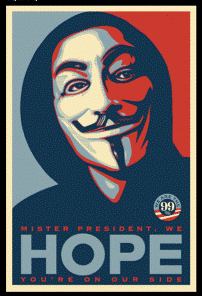|
A New Materialist Rhetorical Approach In Theory |




|
This is a Book Review by Joseph W. Robertshaw |
|
Section One
Laurie Gries asks the reader to consider the complexities of images and their effects in the modern context of technology and the internet. Gries points out in the first section of her book Still Life With Rhetoric: A New Materialist Approach for Visual Rhetorics that the older ways of considering an image are simply not adequate to describe what happens when an image enters the ecology of the internet, goes viral, and is transformed and remixed over and over again. The previous rhetorical considerations of planning, intent, construction, transmission and reception by an audience may work well enough for print based media but what happens with electronic images does not end there. The image may be admired and re-distributed, reviled and parodied or any one of a whole host of possibilities for life after production and delivery that are often in store for visual media today. These images can be studied in sets and subsets all associated with a common ancestor. These sets are given the name "multiple image" by Gries when considering how the individual iterations relate to one another as a group and when considering the interaction of any grouped set of individual iterations of an image ("multiple image") interacts with the larger network in the ecological landscape in which it resides. Nestling the New Materialist approach (presented in the second section) gently into previous scholarship and various ways of considering rhetorical value, images, concepts, objects and knowledge, Gries prepares the way for a grounded understanding of the practicalities of the New Materialist Approach.
To reveal a measure of consequentiality in the subject Gries triangulates the visual rhetoric through two concepts in particular: Space-Time and Agency. Discussion is even generated in the book and by the book that peers into the very nature of life and movement through space-time and for the purposes of the analysis agency is accorded to the seemingly inanimate to explain this movement and endurance in an ecology. Gries further expounds on the complication involved in tracking these images when the ideas of splintering and migration across environments are included in the discourse. This splintering effect allows for asynchronous yet simultaneous development of consequentiality along different lineages and multiple platforms as they are received and acted upon by various agents. Gries' aim in this text seems more geared to detect consequentiality, rather than to establish hierarchies of consequence, in an effort to better understand the scope of consequence for the original object as well as for the multiple-image corpus. |